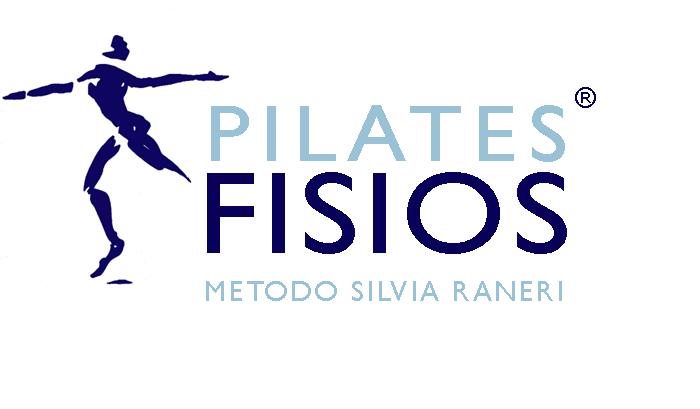Abstract
OBJECTIVE: The present study aimed to evaluate the effects of Pilates exercise program on pain, functional status and quality of life in women with postmenopausal osteoporosis.
DESIGN: The study was performed as a randomized, prospective, controlled and single-blind trial. PARTICIPATIONS: Seventy women (age range, 45-65 years) with the diagnosis of postmenopausal osteoporosis were included.
METHODS AND INTERVENTIONS: Patients were randomly allocated into two groups (home and Pilates exercise groups). Patients in the Pilates exercise group underwent a supervised Pilates exercise program twice a week for one year. Patients in the home exercise group were asked to perform a home exercise program consisting of thoracic extension exercises. Patients were evaluated at baseline and after one year of participation in the exercise programs.
MAIN OUTCOME MEASUREMENTS: Visual Analog Scale for pain, six-minute walking and sit-to- stand tests for functional status, and the Qualeffo-41 Questionnaire and the Short Form-36 (SF-36) for quality of life. Patients were also asked to report the number of falls during the intervention.
RESULTS: At the end of the study, the results of 60 patients were analyzed. A significant improvement was noted in all evaluation parameters at the end of the exercise program in the Pilates exercise group. Except for Qualeffo- Leisure Time Activities, SF-36 physical role limitation and emotional role limitation subscales, a significant improvement was noted in all other evaluation parameters at the end of the exercise program in the home exercise group. Improvement was significantly greater in the Pilates exercise group compared to the home exercise group in all parameters.
CONCLUSION: Pilates exercises may be a safe and an effective treatment alternative for the quality of life in patients with postmenopausal osteoporosis.

